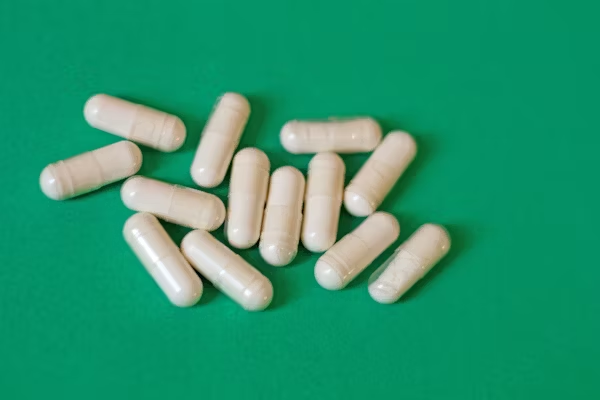Why do we keep plugging paracetamol for chronic pain?
We’ve been “educated” to accept paracetamol as a safe pain killer for decades. But – similar to what “everybody knows” about a whole LOT of things, the safety of paracetamol use “just ain’t so”.
Once upon a time we used to be told “have a cup of tea, a BEX and a good lie down”. Then it turned out BEX tablets were linked to kidney disease and they were eventually banned.
Today, that so-called “safe” drug called paracetamol is now being sold in restricted quantities – because of its increased used for self-harm. An overdose of “safe” paracetamol is known to cause irreparable liver damage.
Today, patients with chronic pain are still being told that long term paracetamol use is “OK as long as you’re careful“.
Recent observational evidence has shown that adverse responses DO occur especially in people older than 65 years, who regularly consume paracetamol (Panadol) or acetaminophen (USA).
One such side effect that’s starting to show up is recurrent bleeding gastric ulcers. While there can be multiple causes of this health issue – from stress and illness to Helicobacter pylori infection and Non Steroidal Anti Inflammatory (NSAIDS) drug ingestion – long term paracetamol use is now showing up as a contributor.
I had reason to do an investigation into the gut problems experienced by one of my patients in the last few months – and uncovered these research findings:
Incidence of Side Effects Associated With Acetaminophen in People Aged 65 Years or More: A Prospective Cohort Study https://acrjournals.onlinelibrary.wiley.com/doi/10.1002/acr.25471
The essence of this study has debunked the long held view that paracetamol (also called acetaminophen) taken long term – even at the recommended dosages – for osteoarthritis pain management carries negligible side effects.
It concludes that paracetamol long term can be as problematic as NSAIDS (non steroidal anti-inflammatory drugs) in terms of gastric and cardiovascular adverse consequences.
For some patients, the standard prescription of 2 paracetamol tablets taken 3 times per day for pain management of osteoarthritis could lead to unwanted side effects.
What’s the alternative?
It’s not a bad idea to try to reduce your dependence on paracetamol – and there are a range of herbal and supplement protocols that have shown great benefit over time.
They can include PEA (palmitoylethanolamide, a naturally occurring anti-inflammatory), along with herbal supports like kava, willow bark, corydalis, skullcap and others. Mind-body relaxation techniques can also be employed.
The appropriate protocol will depend on your body, your life and your existing medication regime.
I’ve written more about naturopathic approaches to Chronic Pain in these posts:
- CHRONIC PAIN Part 1: I’m regularly in pain – but my GP just says “You’re getting old – there’s nothing to fix that” or “you’re on the highest dose of medication your body can handle’
- CHRONIC PAIN Part 2: How Naturopathic and Complementary medicine may help you
If you need an alternative to paracetamol – or help to wean yourself off it this overused drug – then get in contact to explore how you can manage your pain in alternative ways.





